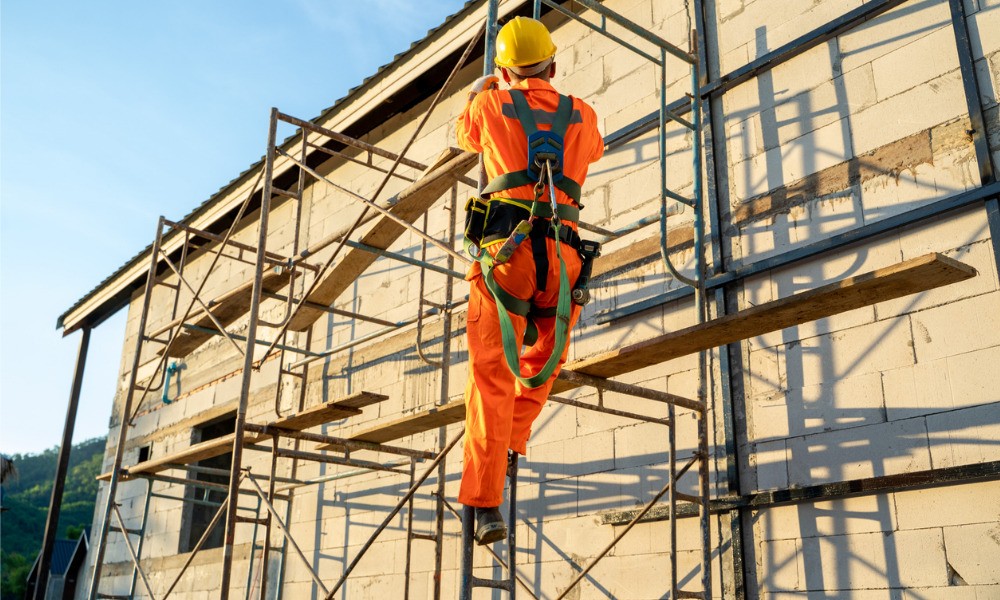Lost-time injuries fell by 19 percent after Ontario introduced standardized training

A new study by the Institute for Work & Health (IWH) reveals Ontario construction workers are experiencing a significant drop in fall-from-height injuries after the implementation of standardized and mandatory working-at-heights training. The research, led by IWH Scientist Dr. Lynda Robson, sheds light on the positive impact of this critical safety initiative.
"In the three-year period after Ontario made working-at-heights training in the construction sector standardized and mandatory, the rate of fall-from-height injuries leading to time off work fell by 19 percent," says Robson. This reduction is more substantial than in other Canadian provinces, which saw only a six percent decline during the same period.
The study, published in the American Journal of Public Health, offers crucial insights into workplace safety. The decline in injuries targeted by the training program highlights its effectiveness in reducing accidents resulting from falls at construction sites.
The comprehensive study compared lost-time injury rates between the three-year period before the training standard implementation (2012-2014) and the three-year period after it came into full effect (2017-2019). "Although a 19 percent drop may seem modest, previous research tells us that a reduction of this size would be considered typical of a well-planned training program," explains Dr. Robson.
"In our analysis, this reduction in injury rates amounts to four deaths and 320 lost-time injuries avoided during the three-year period after the change went into effect," she adds. This data underscores the tangible difference the mandatory training has made in safeguarding workers' lives.
The study didn't stop at statistics. Robson and her team also followed up with a sample of 600 construction workers who underwent working-at-heights training in 2017. Surprisingly, the research found that these workers continued to maintain fall protection practices two years later.
"In the first study, we first looked at the practices of construction workers four weeks after taking the mandatory training in 2017. We found meaningful improvements in fall prevention knowledge and practices after the training," says Robson. "Two years later, among the 300 workers who took the follow-up survey, those improvements in safety practices had not slipped or eroded even though knowledge had."
Construction is known as one of the most hazardous sectors in the Canadian economy, with falls from heights being the leading cause of traumatic deaths and injuries. The mandatory working-at-heights training program was initiated in 2017 following a recommendation from an expert advisory panel led by Tony Dean. The panel's formation was prompted by the tragic swing-stage collapse in December 2009, which claimed the lives of four migrant workers.
Robson explains, "we think by it being mandatory, it's more likely to reach the workplaces where it's most needed." The study indicates that smaller employers had higher injury rates, making the training's mandatory status a crucial factor in reaching all workplaces regardless of their size.
While Robson acknowledges the limitations of the study, including the lack of a randomized control trial, the data strongly suggests that mandated training is a crucial step toward creating safer construction sites.
As the province of Ontario continues to prioritize worker safety, the positive impact of standardized and mandatory working-at-heights training stands as a testament to the potential benefits of comprehensive safety initiatives in the construction sector.





